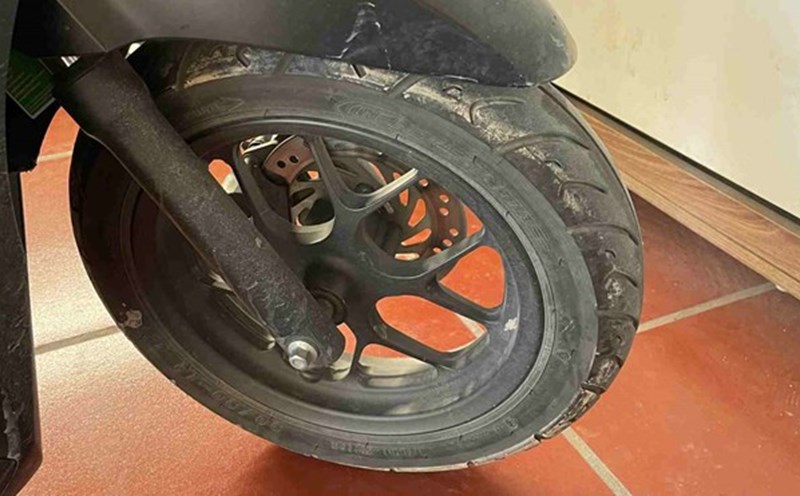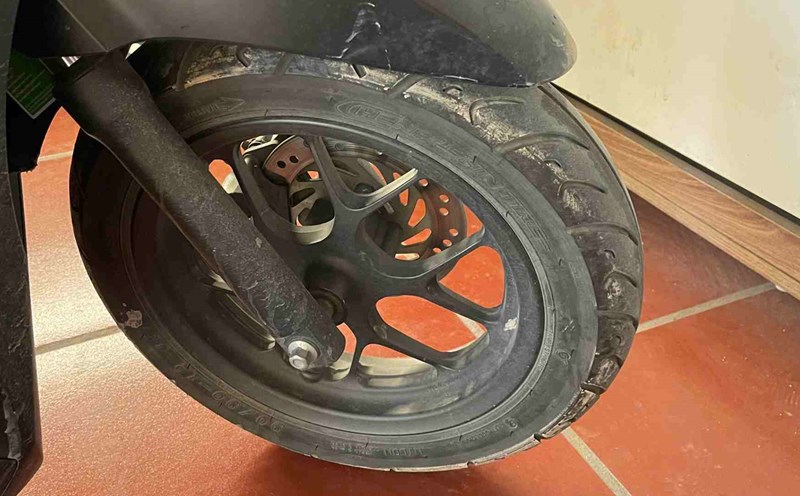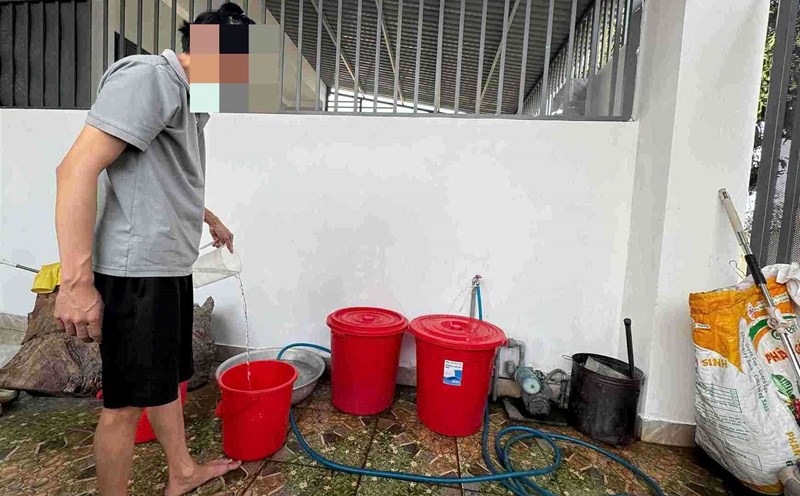Control speed when detectingapermitted tires
According to Keith Phelps, a leading tire technician at Dunlopes Tyres SA, there are some signs of flat tires, such as the whistling sound, the vehicle can be pulled to the side or a shaking sensation on the steering wheel.
When a sharp object such as a nail or screeder hits a tire, it breaks the tire's protective layer, causing the tire to suddenly tighten, called run-flat tire damage. Continuing to use porous tires can lead to other serious damage to the vehicle.
The speed of the vehicle has a big impact on the extent of tire damage. If it collides with a large object at high speed, the tire can explode and cause the driver to lose control. However, when driving at low speed, the tire will withstand better impact, helping the driver maintain control of the vehicle.
Mr. Phelps recommends that drivers should not brake suddenly when the tire is broken. Instead, keep the steering wheel steady and slow down.
For drivers who feel unsafe or suspect a flat tire, stopping immediately for a check-up may not be a good solution.
Phelps recommends that if you feel unsafe, continue driving to a safe area. The driving speed should be maintained at 30-40km/h to minimize damage and not break the tire cover. Driving faster can cause the rims to come into contact with the road surface, causing further damage.
What to do if the front tire is punctured?
In case the front tire is punctured, drivers will have to apply more control measures than when the rear tire has a problem, because 70% of the vehicle's braking ability comes from the front axle.
Modern tires are durable but can still be punctured, especially when deliberately hit by a sharp object.
Although some luxury cars are equipped with run-flat tires, this technology is still not popular due to high production costs. Phelps recommends that drivers can use tires gray or carry temporary repair tools, but that is only a temporary solution, and need to replace tires as soon as possible.
Regular tire maintenance is very important to minimize the risk of damage. Phelps recommends that drivers check their tires weekly for signs of weakness, maintain proper tire pressure and rotate tires every 8,000 to 10,000 km. In particular, drivers in harsh terrain should choose tires with three layers on the sides to increase durability.
Tires play an important role in ensuring safety when driving. Understanding and implementing measures to handleapered tires can help drivers avoid dangerous situations on the road, protect themselves and their families when participating in traffic.









